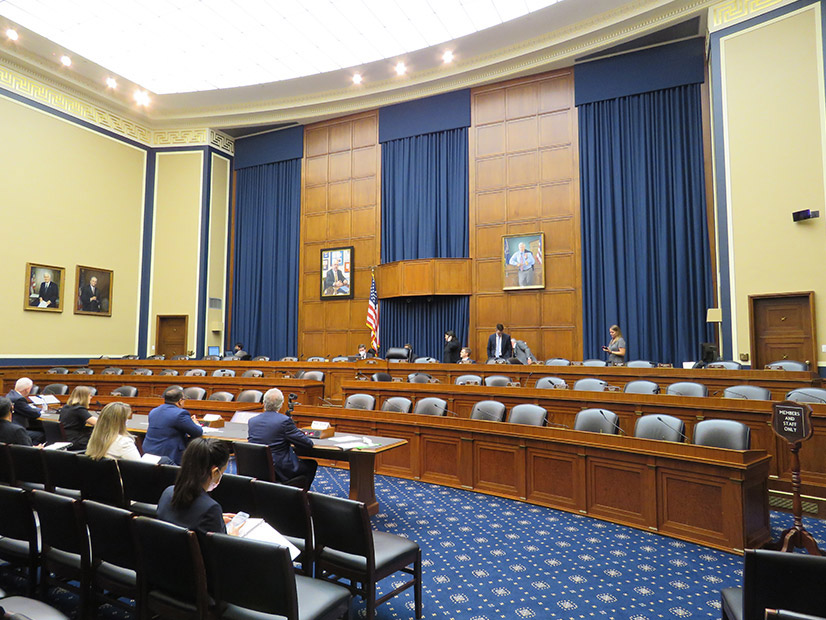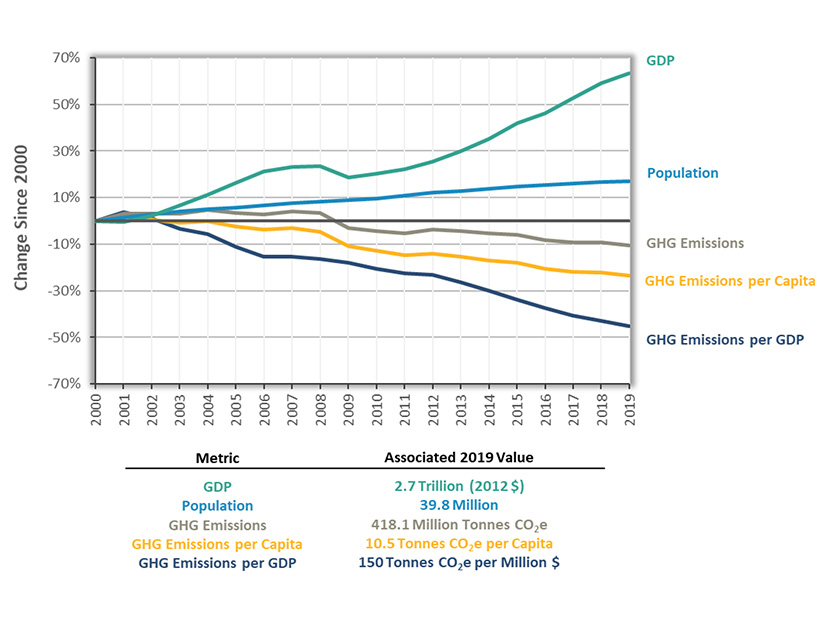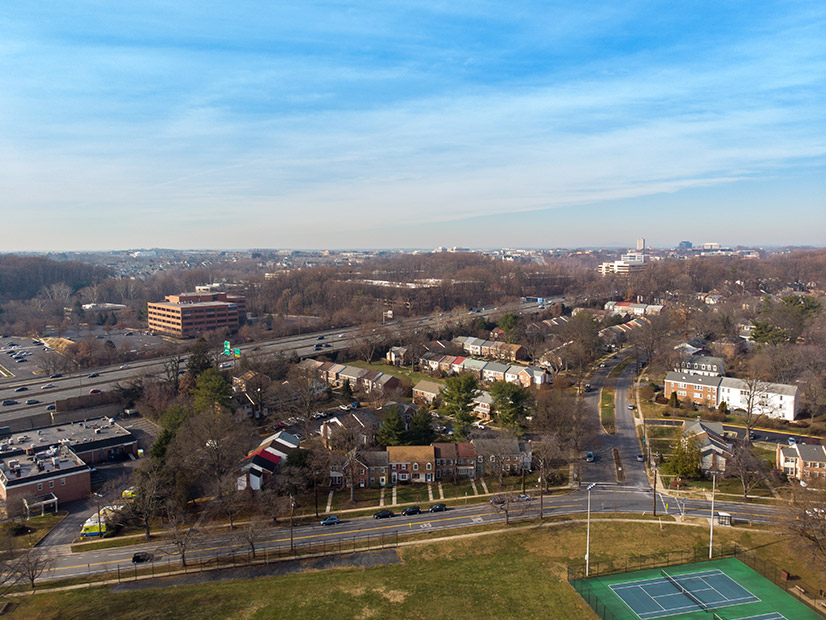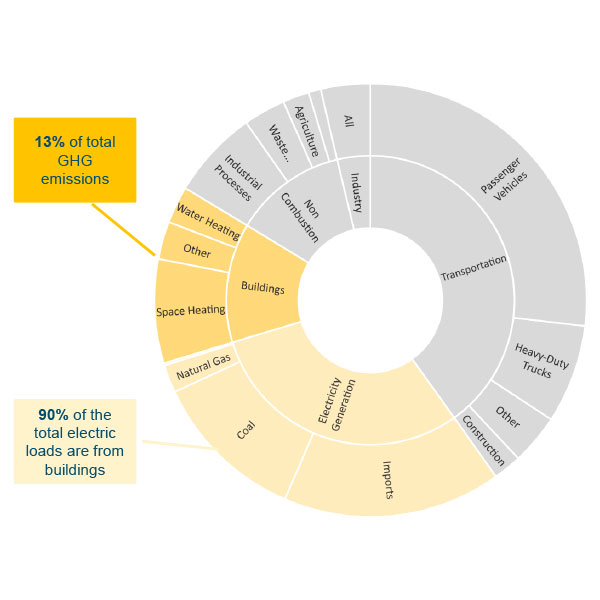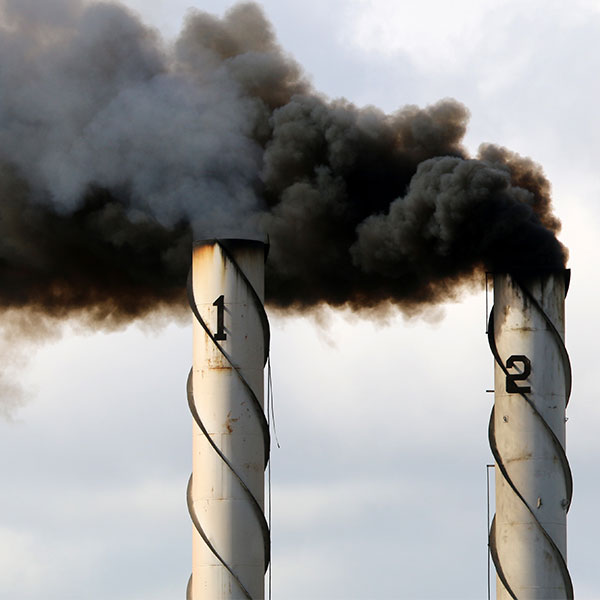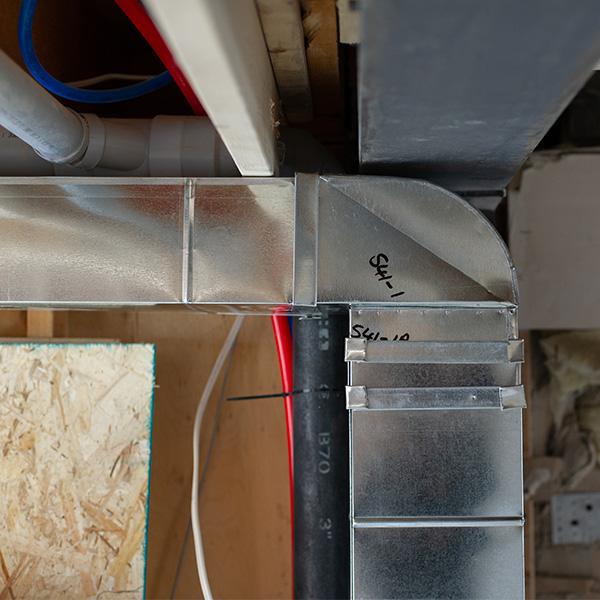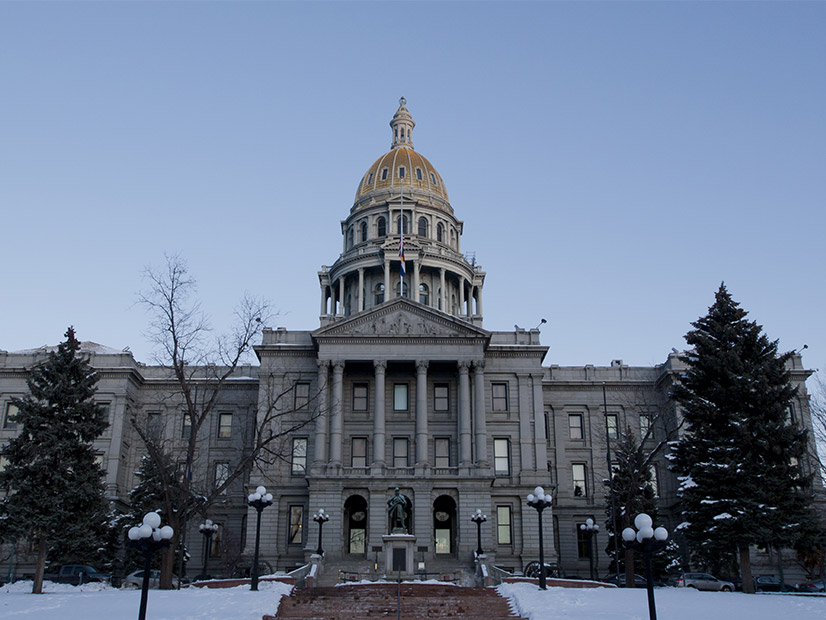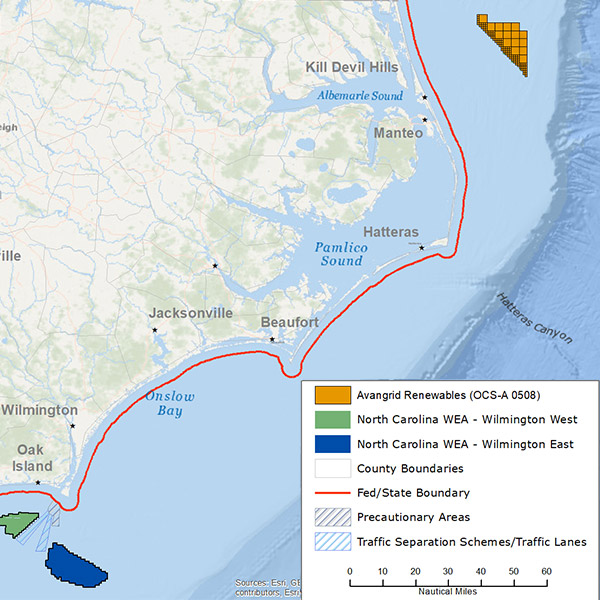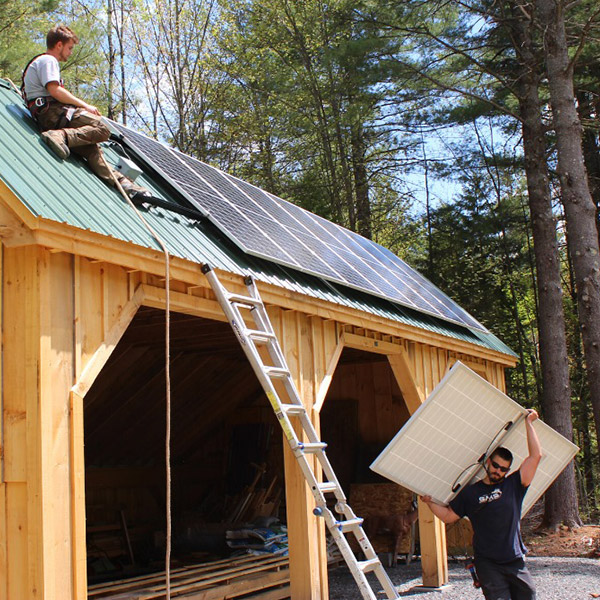greenhouse gas (GHG)
FERC Chair Richard Glick bobbed and weaved his way through a House oversight hearing as Republicans attempted to pin him to positions on natural gas.
Increased use of renewable diesel and greater availability of hydropower helped California cut its greenhouse gas emissions by 1.7% in 2019.
Maryland is looking at challenges of different pathways to building decarbonization, while Montgomery County explores solutions in energy performance standards.
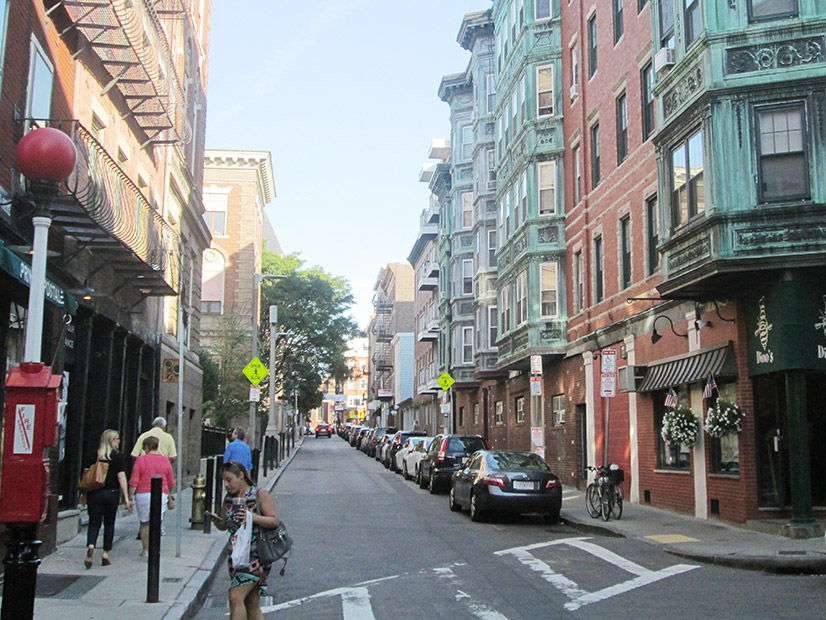
Beyond My Ken, CC BY-SA 4.0, via Wikimedia Commons
The current draft energy efficiency plan for Massachusetts does not envision meeting a new program-specific emission-reduction goal set by the state.
Maryland has several “feasible pathways” to eliminate greenhouse gas emissions from its buildings by 2045, according to a study presented to stakeholders.
The Pennsylvania EQB approved final rules to join 10 other New England and Mid-Atlantic states in RGGI despite GOP efforts to put the issue on hold.
The city of Medfield, Mass., will spend the rest of this year working on its Net Zero Climate Goal to put state climate law into action at the local level.
At the end of Colorado's legislative session, climate bills surrounding air quality, energy efficiency and underserved communities await Gov. Polis' signature.
North Carolina Gov. Roy Cooper called for 2.8 GW of offshore wind by 2030 and 8 GW by 2040, citing clean energy goals, economic development opportunities.
A portion of Vermont's climate-related funding for fiscal year 2022 will come from the state's $1.05 billion federal rescue plan aid package.
Want more? Advanced Search
